Stoa Voting Guide 2019: LD Value Resolutions
Let’s look at Stoa’s shiny new value topics. Read the review for the Team Policy resolutions here.
To start: all three of these resolutions are coherently worded and none of them are bad. That is an achievement for any resolution committee (value theory is hard) and the folks at Stoa should be commended.
Resolved: Culture ought to value assimilation over multiculturalism.
This topic has some interesting ideas that are more complex than the obvious “group vs individual” conflict that so many LD resolutions fall into. So this should be a strong resolution. But it’s not, for two reasons.
First, making culture the agent (the one making decisions) is unnecessary at best. Had the resolution simply said “Assimilation ought to be valued over multiculturalism,” the context would be the same. But specifying that culture is the one doing the valuing is awkward. It raises a lot of questions we don’t want to have to answer, like: Which culture are we talking about? Is culture even capable of valuing things? If so, wouldn’t it automatically choose assimilation of other cultures? Do the goals and morality of cultures differ from individuals? These questions have almost no academic worth, but they’ll become increasingly important (and annoying) as the season goes on.
Second problem: in a Christian homeschool league, expect a bias against multiculturalism. It won’t make negative wins impossible, but it will be a persistent factor that damages the competitive viability of the event. This is exacerbated by Trump’s highly polarizing campaign and presidency, making it much harder to debate this resolution without plunging into emotionally-charged waters. This isn’t about whether Trump is right or wrong, it’s the fact that the judge probably has strong feelings about him that will influence the ballot. That’s more frustrating than fun.
3 / 5 stars.
Resolved: Technological augmentation of humanity in the absence of medical necessity is moral.
There’s a lot to like about this resolution: complex philosophical issues, exciting science fiction technologies and hypotheticals, support for arguments and case types that are usually not viable.
But there’s two problems.
First, this resolution overwhelmingly favors value-centric cases. Almost everyone has a preference between value-centric and application-centric styles of debate. That’s fine. But when you’re picking a resolution, you should look for one that fully supports both approaches. The more technical/historical/evidence-focused debaters will really struggle.
Second, there are very few competitively-viable case patterns for this topic. We’ll spend the first few months swimming in exciting new waters, writing cases unlike anything Stoa has seen before. And then we’ll keep running those basic cases, with minor variations, for the rest of the season. By late January, you’ll be desperate for something new.
Both of those flaws are caused by stretching a single value resolution across an entire season. No value resolution can survive that, but this one will die faster than the other two.
4 / 5 stars.
Resolved: Intellectual property is overvalued in the United States.
Whenever you see the word overvalued, warning bells should go off in your mind.
This is a value-fact resolution.
Value resolution: “Intellectual property has X amount of worth.”
Fact resolution: “In the United States, intellectual property is valued higher than X.”
This is too advanced for younger debaters and will frustrate everyone else, because the majority of rounds will be pure value or pure fact cases that don’t fully address the resolution. Value-fact resolutions are acceptable in parli, but not in LD.
The value aspect of this resolution is fresh and interesting. The fact aspect is shallow and tedious. It’s a millstone around an otherwise strong resolution’s neck.
In fairness, writing resolutions on this topic is very difficult. They tend to be too advanced for high school LD because of wording problems. This is yet another admirable effort that would yield a disappointing year.
3 / 5 stars.
